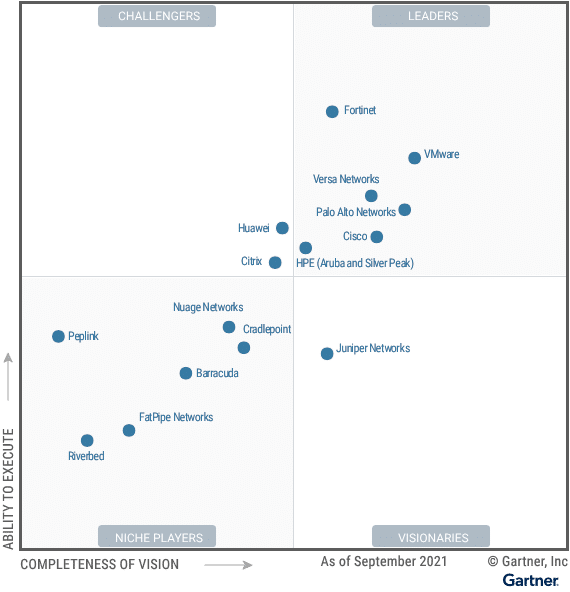WAN optimization is a collection of techniques for increasing data-transfer efficiencies across wide-area networks. In 2008, the WAN optimization market was estimated to be $1 billion and it will grow to $4.4 billion by 2014 according to Gartner.
The most common measures of TCP data-transfer efficiencies (i.e., optimization) are throughput, bandwidth requirements, latency, protocol optimization, and congestion, as manifested in dropped packets. In addition, the WAN itself can be classified with regards to the distance between endpoints and the amounts of data transferred. Two common business WAN topologies are Branch to Headquarters and Data Center to Data Center (DC2DC). In general, “Branch” WAN links are closer, use less bandwidth, support more simultaneous connections, support smaller connections and more short-lived connections, and handle a greater variety of protocols. They are used for business applications such as email, content management systems, database application, and Web delivery. In comparison, “DC2DC” WAN links tend to require more bandwidth, are more distant, and involve fewer connections, but those connections are bigger (100Mbit/s to 1Gbit/s flows) and of longer duration. Traffic on a “DC2DC” WAN may include replication, back up, data migration, virtualization, and other Business Continuity/Disaster Recovery BC/DR flows.
